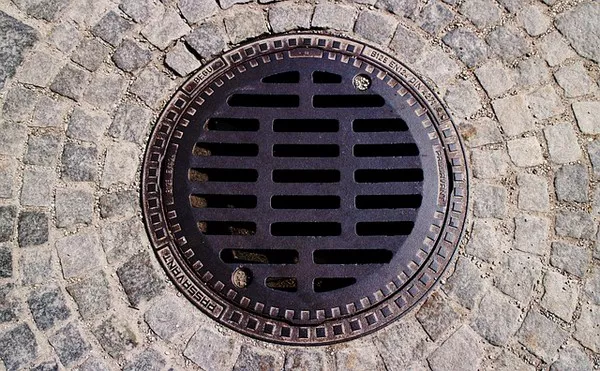A foul odor wafting through your home can be both unpleasant and concerning, particularly when it resembles the smell of sewage. This distinctive odor is not only discomforting but also indicative of underlying issues that require attention. Identifying the root causes of sewage smell within your household is crucial for maintaining a healthy and pleasant living environment. In this comprehensive guide, we will delve into the various factors that contribute to sewage odors in homes and explore effective solutions to address them.
Blocked or Damaged Sewer Lines
One of the primary culprits behind sewage smells in homes is blocked or damaged sewer lines. Over time, sewer lines can become obstructed by various materials such as grease, hair, soap scum, and non-flushable items, leading to a buildup of stagnant wastewater. Additionally, tree roots may infiltrate sewer pipes, causing cracks or breaks that allow sewage to seep into the surrounding soil and emit foul odors.
Solution: Professional inspection and repair of sewer lines are essential to address blockages and damage effectively. Hydro-jetting, a process that uses high-pressure water to clear debris and roots from pipes, can help restore proper flow and eliminate sewage odors.
Dry P-Traps
P-traps, commonly found beneath sinks, showers, and floor drains, are U-shaped pipes designed to hold water and prevent sewer gases from entering living spaces. However, if these P-traps dry out due to infrequent use or evaporation, they can no longer serve their purpose effectively, allowing foul odors to permeate the home.
Solution: To eliminate sewage smells caused by dry P-traps, simply run water down unused drains regularly to replenish the water barrier. Additionally, consider pouring a small amount of cooking oil into the drain to create a protective layer that slows down water evaporation.
Ventilation Issues
Proper ventilation is essential for allowing sewer gases to escape safely from plumbing systems. When ventilation systems become blocked or malfunctioning, these gases may instead accumulate within the home, resulting in unpleasant odors.
Solution: Inspect and clean ventilation pipes regularly to ensure unobstructed airflow. Installing vent caps or screens can prevent debris and pests from entering ventilation systems, maintaining optimal air circulation and preventing sewage smells.
Toilet Wax Ring Failure
The wax ring located beneath the base of a toilet serves as a seal between the toilet and the sewage drain pipe. If this wax ring deteriorates or becomes displaced, sewage odors can escape into the bathroom and adjacent areas.
Solution: Replace the wax ring promptly if signs of wear or damage are observed. It is advisable to seek professional assistance for this task to ensure proper installation and sealing, thereby preventing future odor issues.
Septic Tank Problems
Homes with septic systems rely on underground tanks to store and treat wastewater from household plumbing fixtures. When septic tanks become overloaded, damaged, or improperly maintained, sewage odors may permeate the surrounding soil and seep into the home through drains or vents.
Solution: Schedule routine inspections and maintenance for your septic system to identify and address any issues before they escalate. Pumping out the septic tank as recommended by professionals helps prevent odors and ensures efficient wastewater treatment.
Improper Drainage or Slope
Inadequate drainage or improper slope in plumbing systems can contribute to sewage odors by causing stagnant water to accumulate in pipes or fixtures. This stagnant water becomes a breeding ground for bacteria and mold, emitting foul odors over time.
Solution: Correcting drainage issues often requires professional expertise to assess the plumbing layout and make necessary adjustments. Ensuring proper slope in drainage pipes allows wastewater to flow freely and prevents the buildup of odor-causing residues.
Biofilm Accumulation
Biofilm, a slimy layer composed of bacteria and organic matter, can develop inside plumbing pipes over time. This biofilm not only obstructs water flow but also produces unpleasant odors as it decomposes.
Solution: Regular cleaning and maintenance of plumbing fixtures and pipes can help prevent biofilm buildup. Utilizing enzymatic drain cleaners or bacterial treatments can effectively break down organic residues and inhibit biofilm formation, reducing sewage odors in the home.
See Also What Is Membrane Bioreactor Wastewater Treatment
Conclusion
Sewage smells in the home are not only unpleasant but also indicative of potential plumbing issues that require attention. By understanding the various causes of sewage odors and implementing appropriate solutions, homeowners can effectively eliminate foul smells and maintain a healthy living environment. Regular inspection, maintenance, and prompt repair of plumbing systems are essential practices for preventing sewage odor problems and ensuring the comfort and well-being of household occupants.

